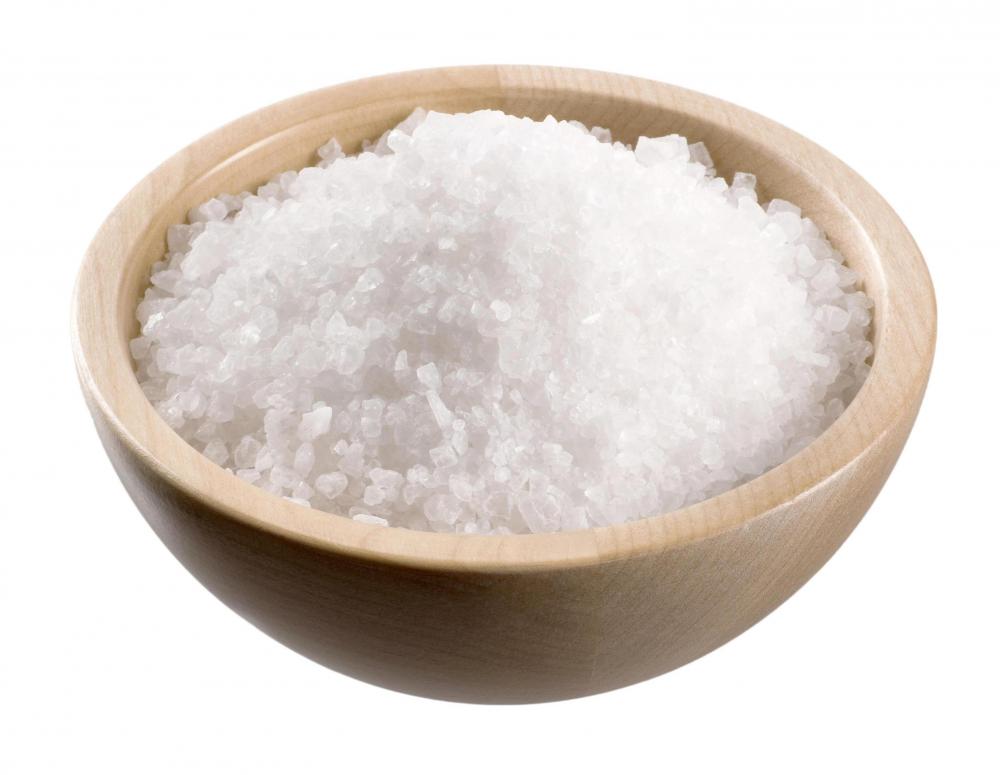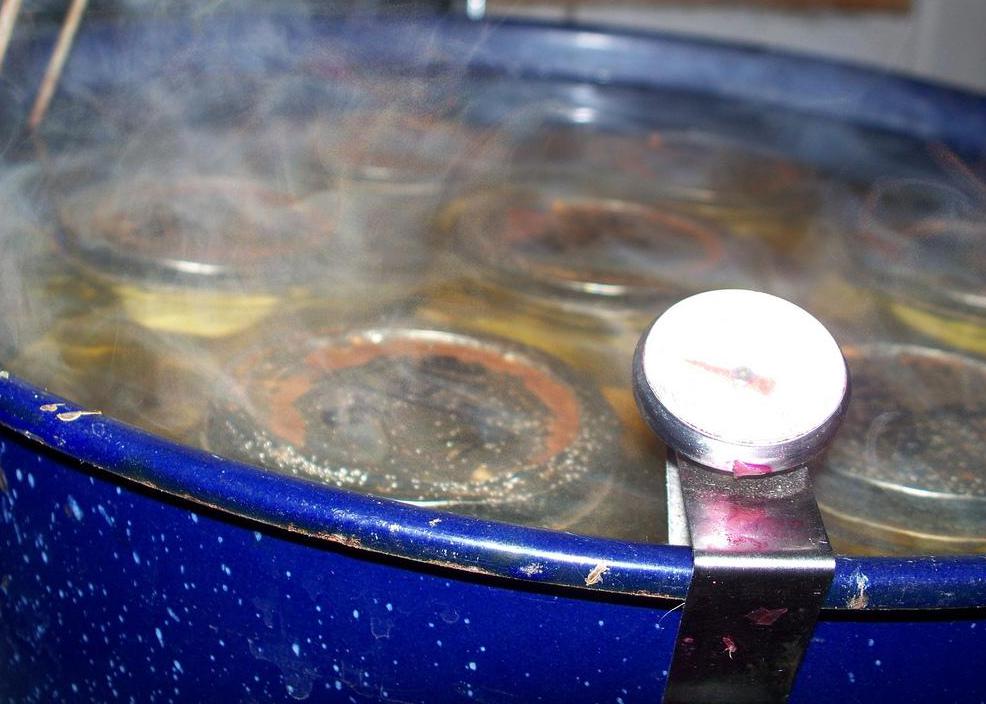At WiseGEEK, we're committed to delivering accurate, trustworthy information. Our expert-authored content is rigorously fact-checked and sourced from credible authorities. Discover how we uphold the highest standards in providing you with reliable knowledge.
What Are the Best Tips for Canning Relish?
Home canning, once very common in many parts of the world, is making a comeback of sorts, in the early 21st century, as more and more people look for ways to save money by growing and preserving their own food. While pickle relish is the only kind of relish some people are familiar with, relishes can have many forms with a wide range of ingredients. They are a popular food for canning, and there are a number of tips, tricks, and techniques developed over many decades in home kitchens and test labs that will help to ensure a safe, high quality product. Many of the best tips for canning relish and other foods have been passed down through the years in the form of recipes or by word of mouth. The United States Department of Agriculture (USDA) also publishes many canning guides with good information based on solid science and with an emphasis on safety.
Anyone who has ever canned anything at home will tell you to first prepare a clean, clutter free work space and gather everything you need for the canning project. Sanitize counters, cutting boards and all utensils as well as jars and lids. Use only the freshest, highest quality ingredients possible, with no blemishes, bad spots, mold or rot. Many vegetables used in relishes, such as cucumbers and peppers, can have irregular or odd shapes that, while not picture perfect like typical supermarket items, are perfectly fine for relishes. It is the freshness and quality that are important, not cosmetic considerations like shape.

Use a recipe, and follow it carefully. Canning recipes have been formulated and perfected to provide a safe, delicious product. Altering the proportions of ingredients or failing to follow the directions exactly can lead to a poor result or even potentially life threatening cases of food poisoning. Some recipes for canning relish call for a boiling water bath. Some may require processing in a pressure cooker or canner. The two are not interchangeable, so do not process a batch of relish in a boiling water bath when the recipe callas for pressure cooker processing.

Certain things may be altered in the recipe as long as the change does not affect the chemical formulation of the product. If a recipe calls for white vinegar, a cider or other type of vinegar may be substituted as long as the replacement has the same acidity. Altering some ingredients can cause problems, however. When reducing the amount of tomato in a tomato relish, the finished product may not have the required degree of acidity to retard the growth of harmful bacteria.

Always use clean jars that do not have cracks, chips, or other defects. If using reusable lids, make sure they are rust free and not damaged. The most common type of lid is the two piece ring and disc type. The rings may be reused, but the discs should never be, as they may not seal properly. Many recipes for canning relish call for cooking the product before canning. Do not use aluminum pots or pans for cooking, as the acid in the food can react with the aluminum, causing unfavorable results.

Certain utensils and tools can make canning relish and other foods easier such as a jar grabber for handling hot jars. A wide mouth funnel and large ladle are indispensable for filling jars, and a clean cloth for wiping the rims and threads of jars after filling them is essential. Stainless steel knives are preferable when chopping ingredients, as they will not oxidize, which can occur with other types of steel. A large, often enameled, pot called a boiling water canner or a pressure cooker will be needed as well.
AS FEATURED ON:
AS FEATURED ON:














Discussion Comments
A lady at my church does a sweet-spicy tomato relish that's good on everything from chips to hot dogs, and she cans a ton of it every year. She always uses a pressure cooker, and she follows a recipe that's probably 75 years old. Her mother and grandmother both used the same recipe and it's delicious.
You can tinker with flavoring ingredients for a relish, but not anything that affects the acidity level or something like that. You can use onion if you don't like garlic, for instance, or add cilantro or another herb or spice that affect the taste, but not the chemistry of the relish. Canning is something of a chemistry lesson anyway, so you don't want to mess with anything that will upset the chemical balance. Botulism is not fun. It will land you in the hospital.
My mom always used a pressure cooker to can anything, whether it was relish or green beans. I just wouldn't trust something like relish, unless it had been canned in a pressure cooker.
A pressure cooker, to me, is safer, because it actually seals the jars so they are safe from air and moisture getting inside the jar. And as long as the seal stays intact, the food will usually stay fresh for a good while.
Pressure cookers (also called "canners") can be large and cumbersome, but there's really not a good substitute for the extra margin of safety they offer the home canning enthusiast.
Post your comments